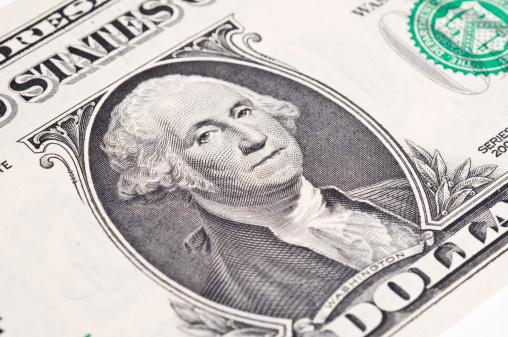A forecast from Citigroup analysts that crude could fall as low as $20 a barrel made for eye-popping headlines. Since oil prices are most often tied to gasoline prices as the general public views them, the next calculation has to be whether $1 gas prices are far behind.
The Citi analysis is based on the price of West Texas Intermediate (WTI), which currently trades at $53 a barrel. The forecast presumes a perfect storm that includes the assumption that buyers squirrel away millions of barrels for future use and the largest producers, OPEC especially, ignore falling prices and pump crude as quickly as they can. As is always the case, fracking will press prices ever lower.
According to GasBuddy, the average price of a gallon of regular in the United States is $2.19, compared to $2.06 a week ago. The data suggest that gas prices may have bottomed. However, based on Citi’s reasoning, the bottom is false. Market forces are about to push prices much lower, as was the case from last year until recently. The average price of a gallon of gas a year ago was $3.29.
ALSO READ: OPEC Forecasts Higher Crude Demand as Prices Stay Low
If gas prices do fall much further, residents of some states are more likely to have $1 gas prices than others. By GasBuddy’s most recent measure, gas is below $2 in five states: Montana, Idaho, Utah, Wyoming and South Carolina. The states with the highest average gas prices are Alaska, California and Hawaii, with each above $2.50 a gallon.
The largest challenges to $1 gas go beyond crude prices to transportation and refinery costs to states and nationally, as well as on local taxes. Presumably the rush to refine more gas will have an impact on prices. With a nearly fixed capacity, refiners have to make decisions about which products are most profitably produced from the oil they receive. Other oil by-products and their profits will compete for capacity.
State taxes vary from below $0.20 per gallon in some states to around $0.50 in others. States with the highest gas taxes tend to have the highest gas prices. Recently, the drop in overall gas prices has tempted governments at all levels to view the collapse as an opportunity to put a larger toll on sales to increase funds, particularly for aged infrastructure such as highways and bridges. Presumably, the pressure on governments will increase as gas prices fall. However, it may take months or even years to pass additional tax legislation.
Based on the tether between the prices of oil and gasoline, and the way they have moved mostly together, if oil reaches $20 for any period, gas likely will move soon to $1.
ALSO READ: States With the Highest and Lowest Gas Taxes
Thank you for reading! Have some feedback for us?
Contact the 24/7 Wall St. editorial team.



